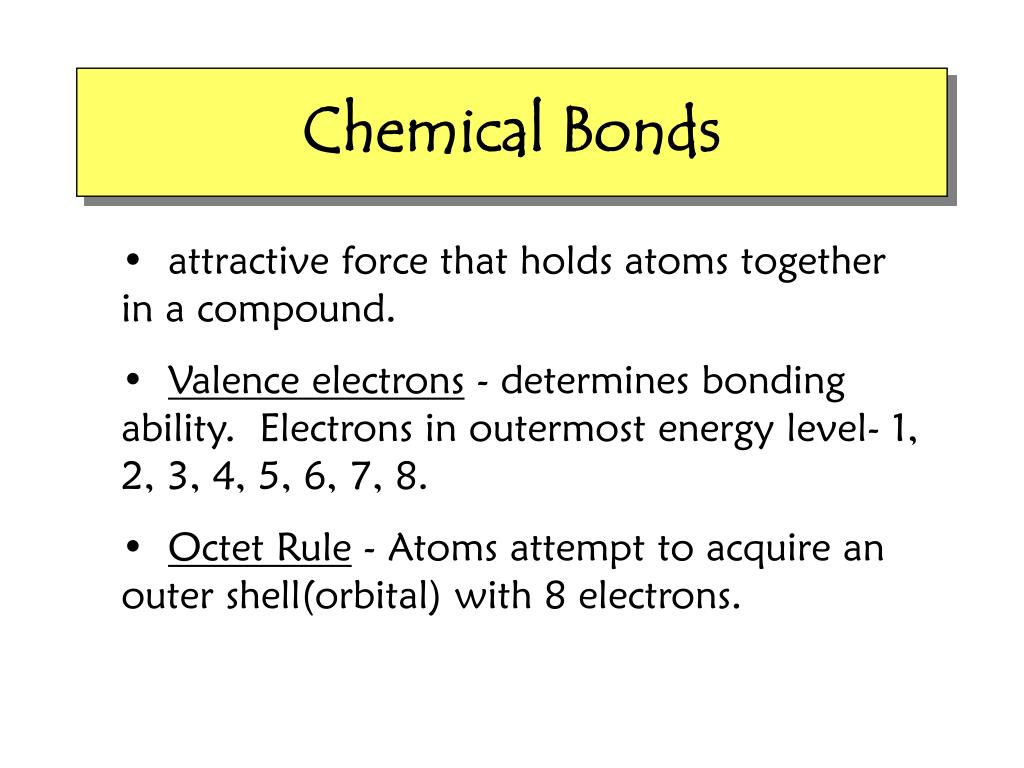The ability of an atom in a molecule to attract. The highest electronegativity value is for fluorine.

Ionic Vs Covalent Vs Metallic Bonds Covalent Bonding Gcse Chemistry Chemistry Education
If the electrons of a bond are more attracted to one of the atoms because it is more electronegative the electrons will be unequally shared.

. Covalent bonds when share electrons. Electronegativity is a property that describes the tendency of an atom to attract electrons or electron density toward itself. Less than that of nitrogen but greater than that of oxygen C.
The ability of carbon to attract electrons is A. We review their content and use your feedback to keep the quality high. Carbon may share electrons with oxygen or nitrogen or other atoms in a particular region of an organic compound.
Greater than that of nitrogen and oxygen D. Electronegativity EN The intrinsic ability of an atom to attract the shared electrons in a covalent bond Electronegativities are based on an arbitrary scale with F the most electronegative EN 40 and Cs the least EN 07 Electronegativity. Summary Electronegativity is a measure of the ability of an atom to attract the electrons when the atom is part of a compound.
Electronegativity is the relative ability of an atom involved in covalent bonding to pull electrons toward itself. Electronegativity values generally increase from left to right across the periodic table. A functional group is a group of atoms linked by strong covalent bonds and tending to function in chemical reactions as a single unit.
The ability to attract electrons is called electronegativity. The ability to attract electrons. An atoms electronegativity is affected by both its atomic number and the size of the atom.
An atom or a functional group can have this ability and some have stronger electronegativity than. Electronegativity is a measure of an atoms ability to attract the shared electrons of a covalent bond to itself. By sharing outershell electrons carbon and hydrogen their valence and become more stable.
This sharing allows each atom achieve its of electrons greater stability. However each shell is made up of orbitals s p d e f. Carbon is an element with a known electronegativity value 255 on the Pauling.
30 The ability of an atom in a molecule to attract electrons is best quantified by the__________. An atom of which of the following elements has the greatest ability to attract electrons. The comparative ability of atoms of an element to attract bonding electrons is called a.
Experts are tested by Chegg as specialists in their subject area. Methane CH 4 organic contains covalent bonds. Question 1 1 point The ability of a carbon atom in a bond to attract electrons is greater than that of nitrogen but less than that of oxygen.
Shells hold up to two electrons in the first and eight electrons in the outer shells. NOTA Measures how strongly the atom attracts ADDITIONAL electrons Measures how strongly the atom holds to its electrons. The ability of atoms to attract electrons is referred to as.
Electronegativity is a measure of the ability of an atom to attract electrons. Carbon has four valence electrons in its shell carbon can share electrons with up to four different atoms. So cobalts electron configuration with 27 electrons should look like this.
Purest native form of uncombined carbon. The greater the ability to attract the higher the. Cobalt Co has an atomic number of 27 which means it has 27 electrons and protons.
Which of the following species has the highest polarizability. Carbon has four valence electrons has one valence electron. A van der Waals attraction.
Greater than that of nitrogen but less than that of oxygen B. Less than that of nitrogen but greater than that of oxygen. If atoms bonded together have the same electronegativity the shared electrons will be equally shared.
Denis23 38 1 year ago. Elements with the same number of electrons in the outer shell. The ability of carbon to attract electrons is greater than that of nitrogen but less than that of oxy gen less than that of nitrogen but greater than that of oxy gen greater than that of nitrogen and oxygen less than that of nitrogen and oxygen As the elements Li to F in Period 2 of the Periodic.
Moreover the atoms to which carbon atoms bond may also be part of a functional group. Greater than that of. It has 2 valence electrons.
The ability of carbon to attract electrons is less than that of nitrogen and oxygen as the elements Li and F in period 2 of the periodic table are considered in succession how do the relative electronegativity and the covalent radius of each successive element compare. B molecules with the same chemical formula but different structures. It is the ability of an atom in a molecule to attract electrons in itself.
A paramagnetism B diamagnetismC electronegativity D electron change-to-mass ratio E first ionization potential Answer. The higher its electronegativity the more an element attracts electrons. A measure of the force of an atoms attraction for the electrons it shares in a chemical bond with.
A measure and or tendency for the ability to attract electrons in a chemical bond is the atoms electronegativity. Less than that of nitrogen and oxygen 10. The ability of carbon to form four covalent bonds c the ability of those bonds to rotate freely.
Electronegativities generally decrease from top to bottom of a group.

Laura Graves 10 22 14 Description Electronegativity Is How Well An Atom Is Able To Attract Another Atoms Electro Chemistry Jokes Science Chemistry Fun Science

Nonpolar Covalent Bond Covalent Bonding Chemistry Basics Chemistry Lessons

Ppt Chemical Bonds Powerpoint Presentation Free Download Id 2962570
0 Comments